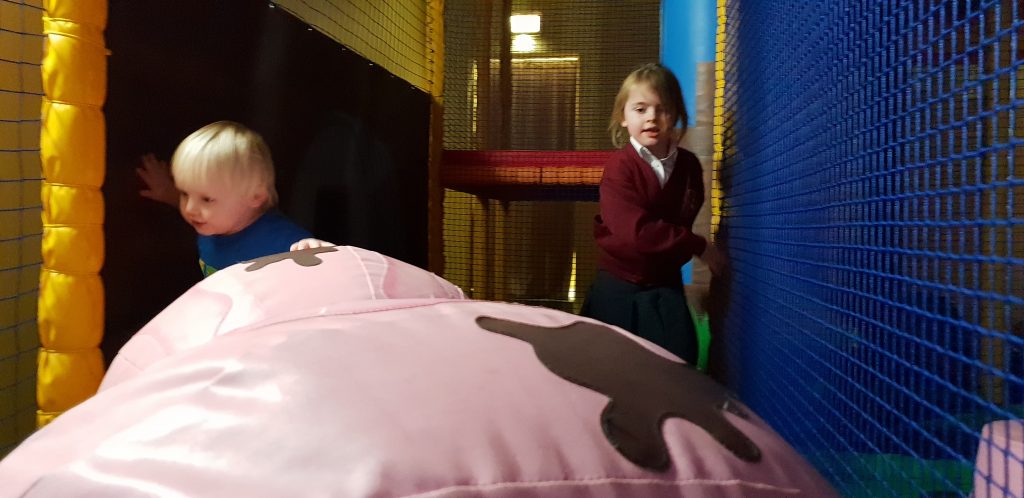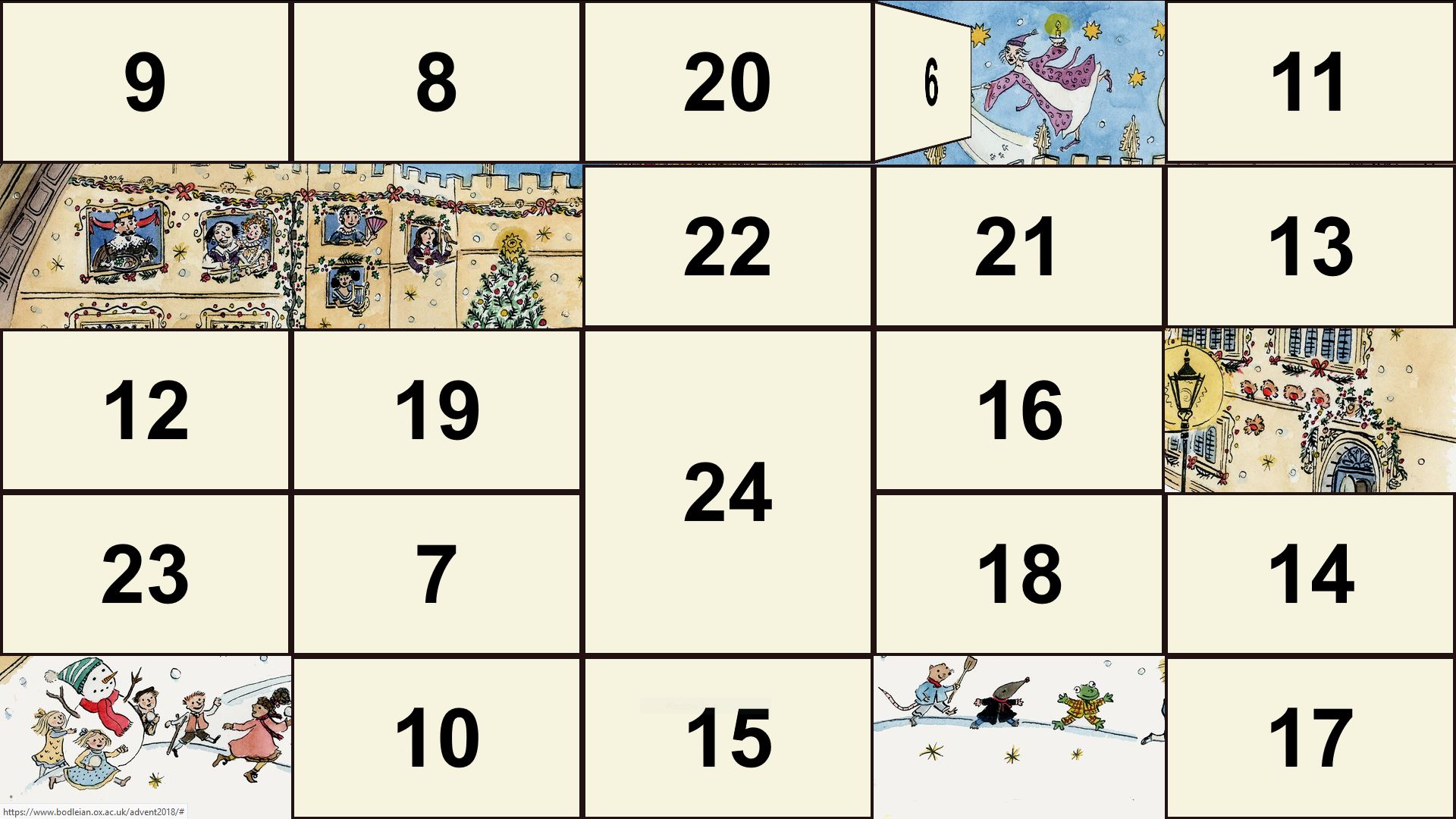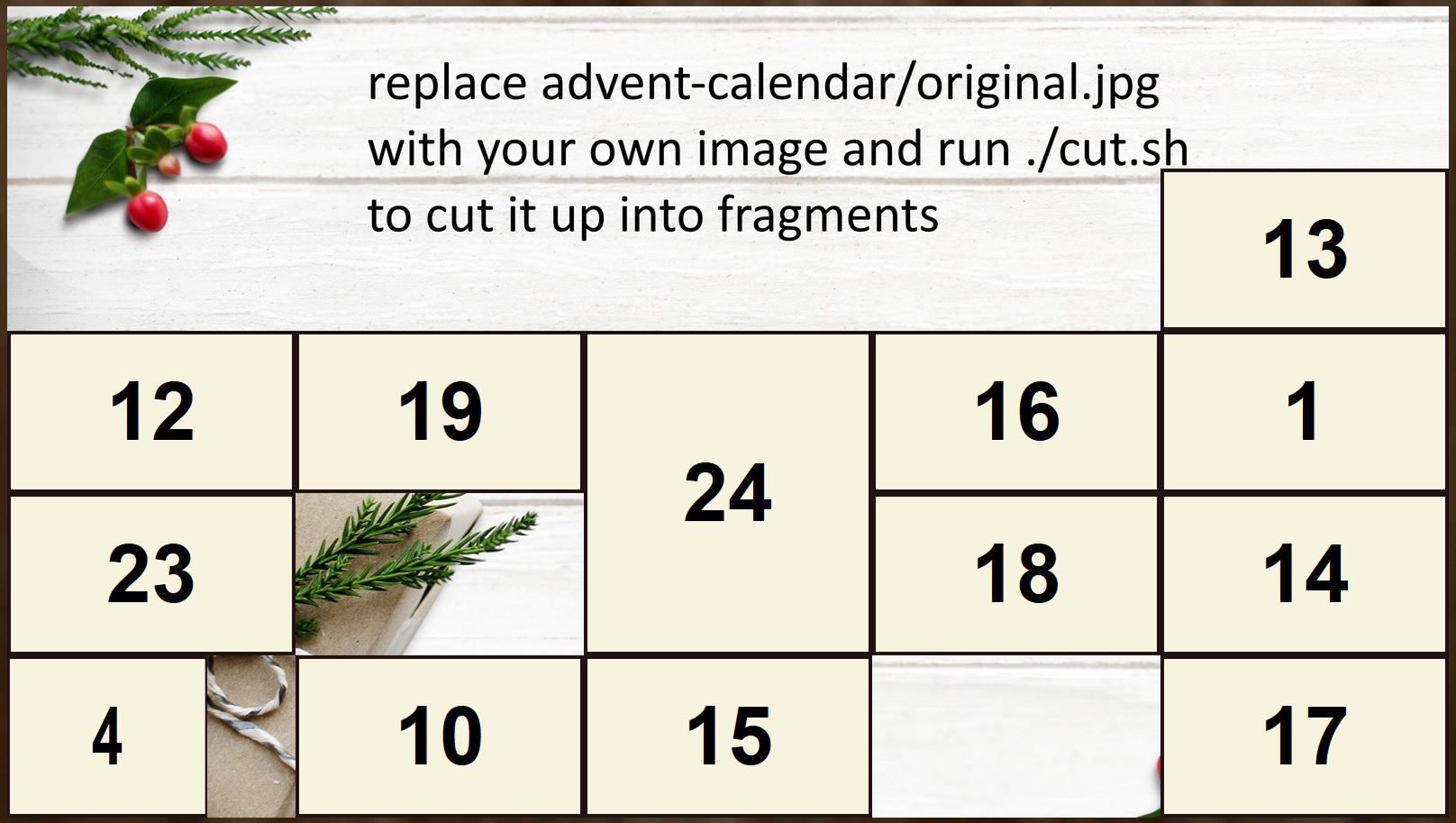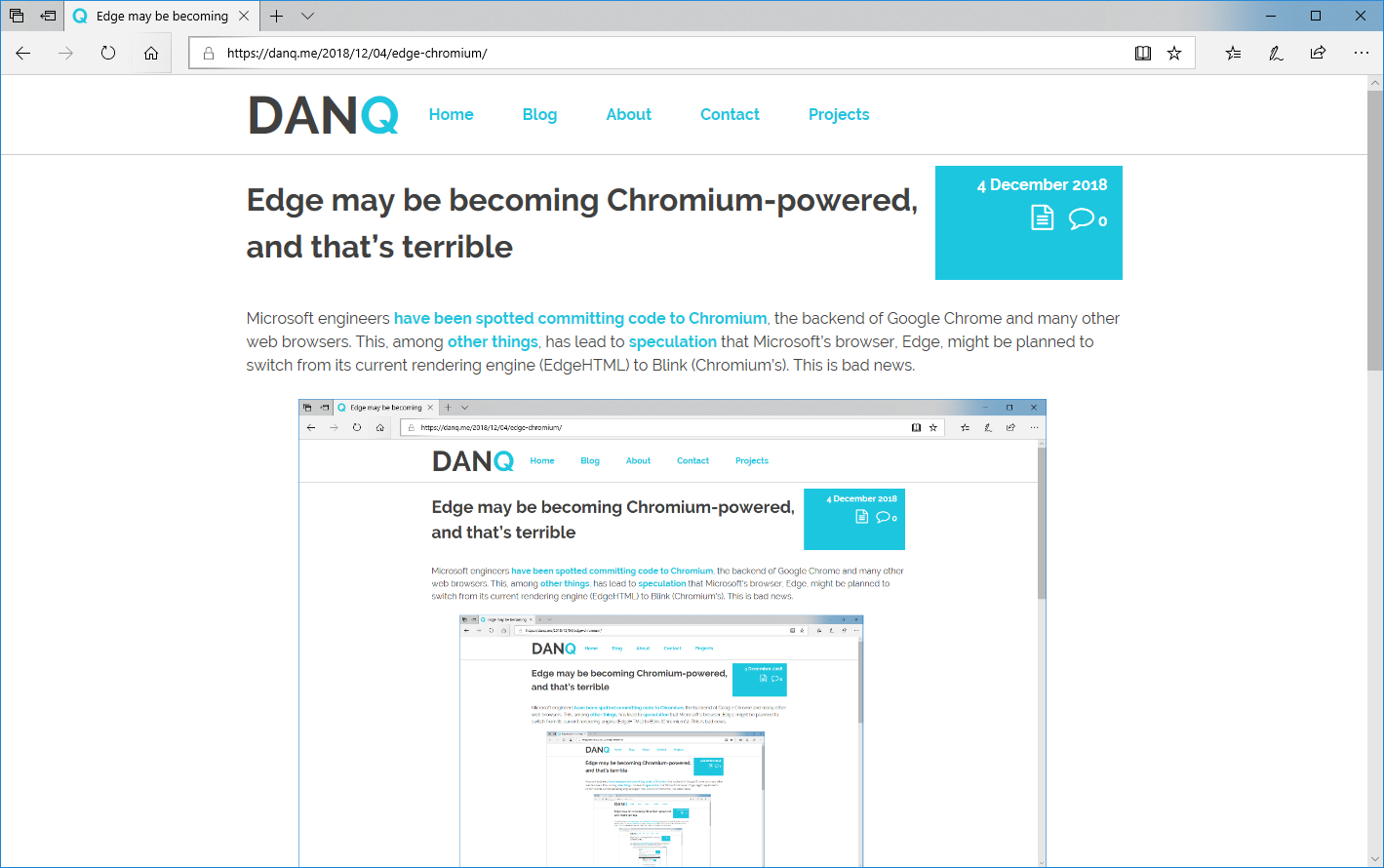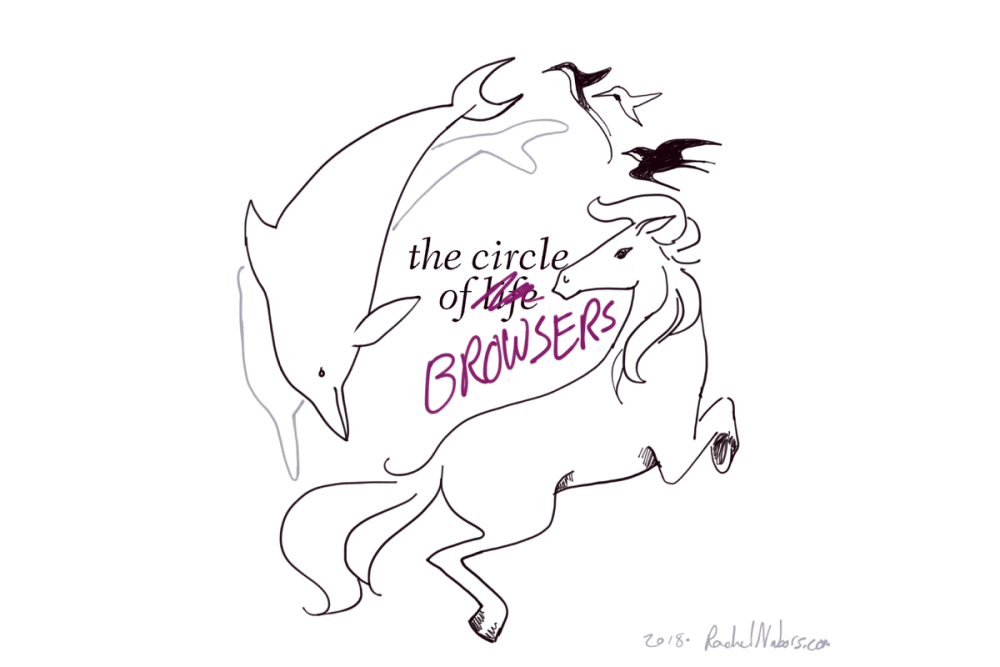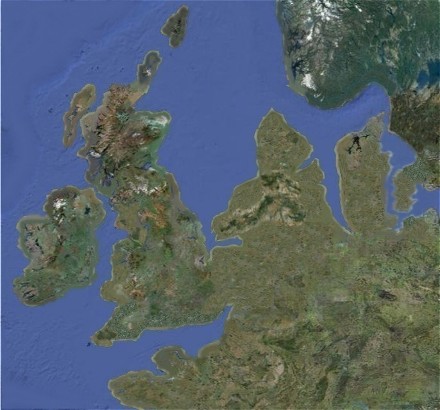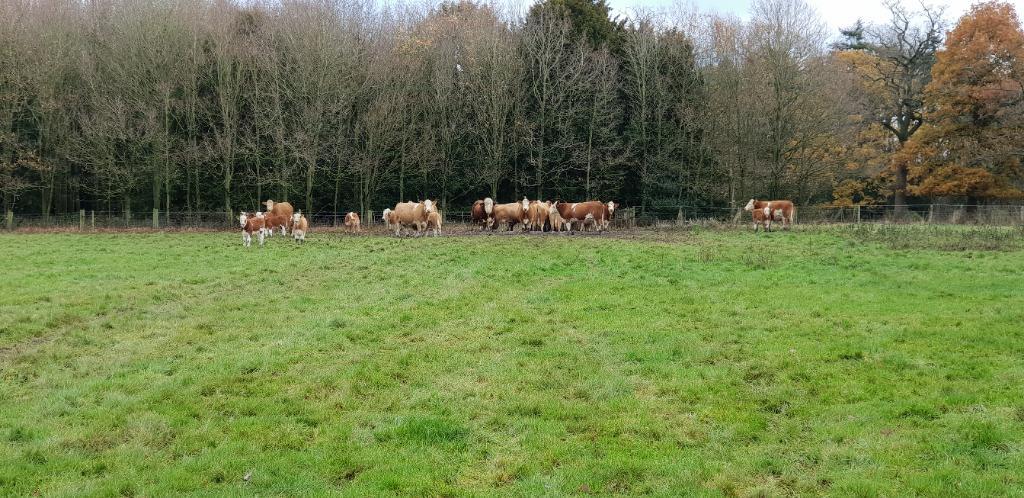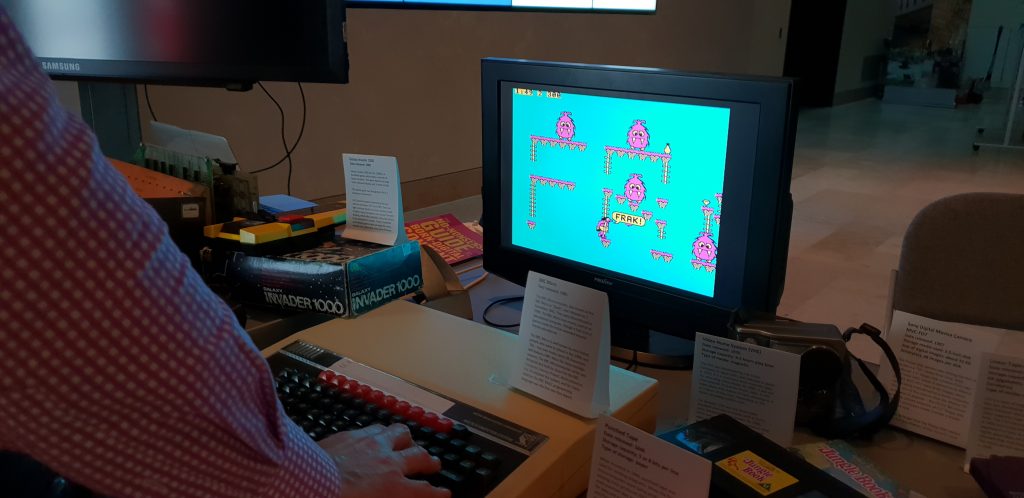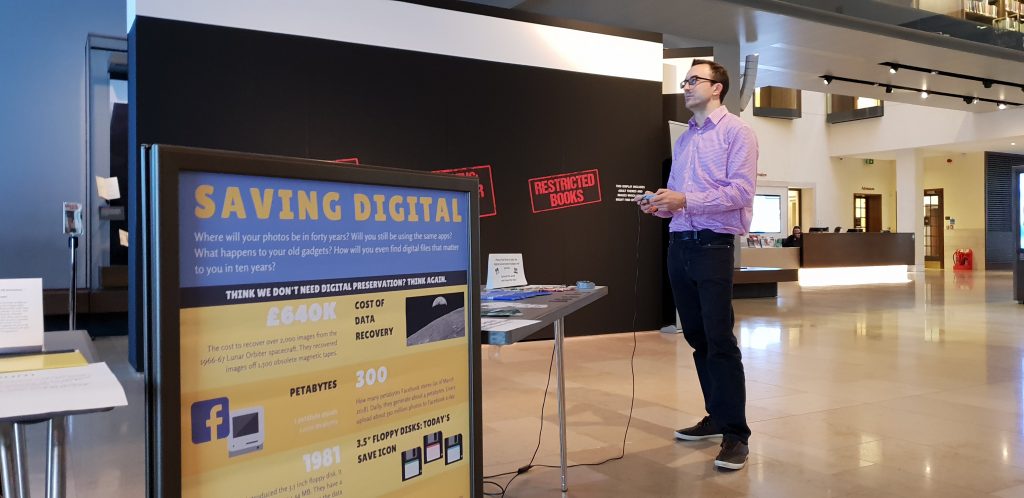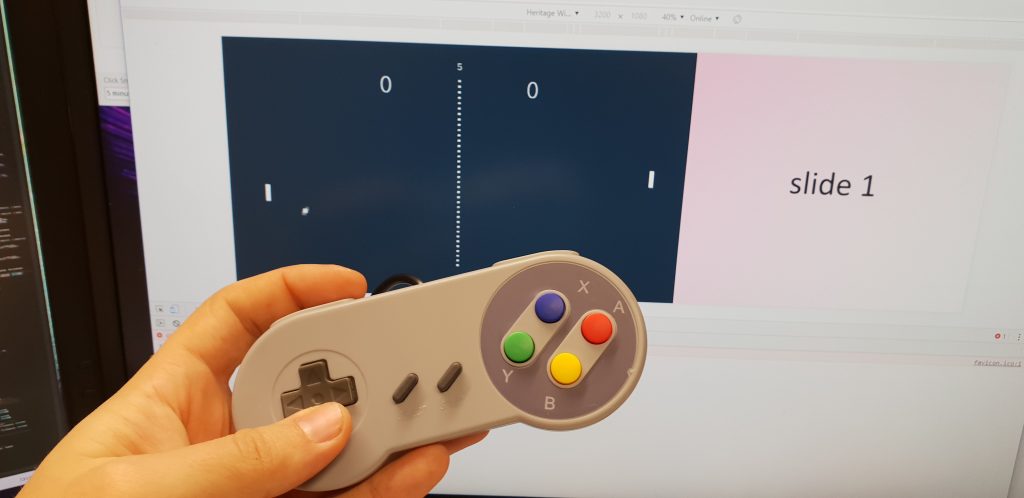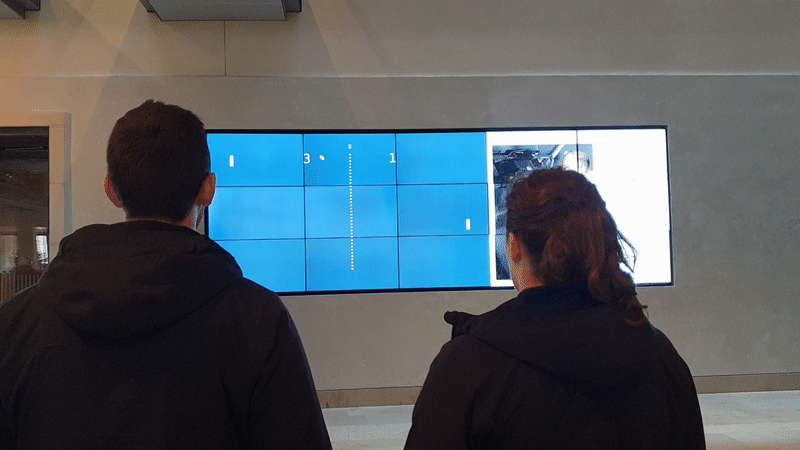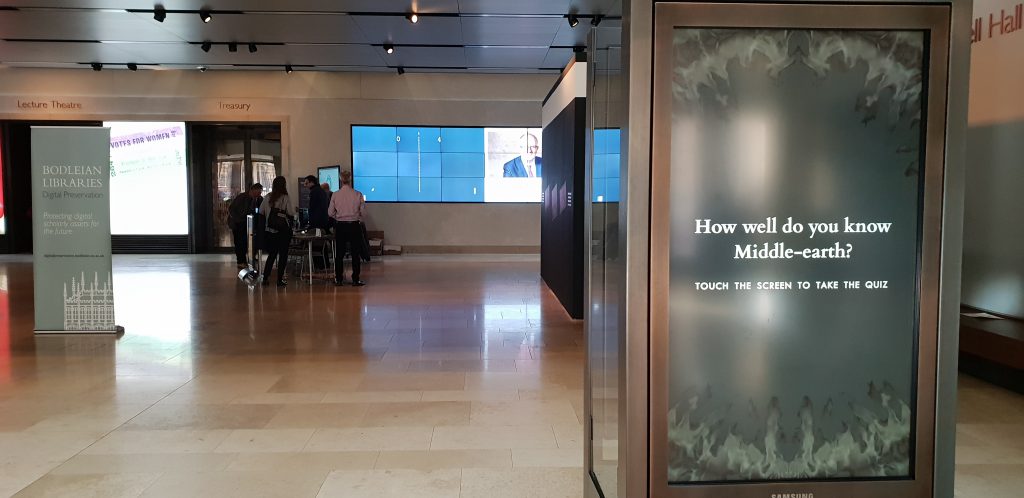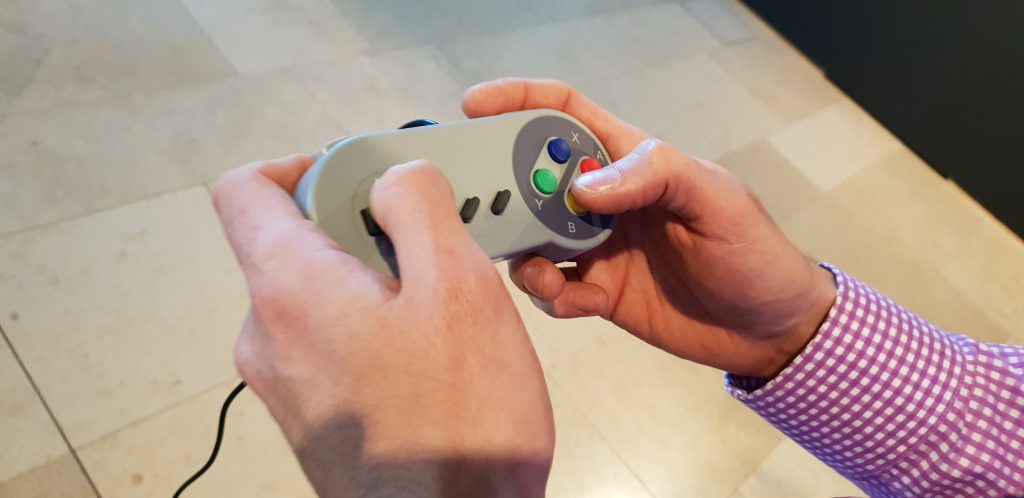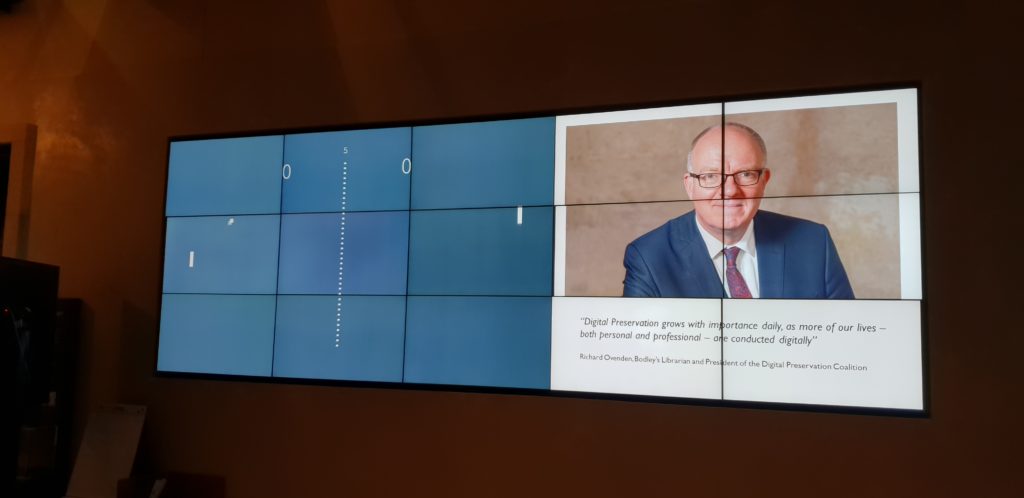Our eldest, 4, started school this year and this week saw her first parents’ evening. This provided an opportunity for we, her parents, to “come out” to her teacher about our slightly-unconventional relationship structure. And everything was fine, which is nice.
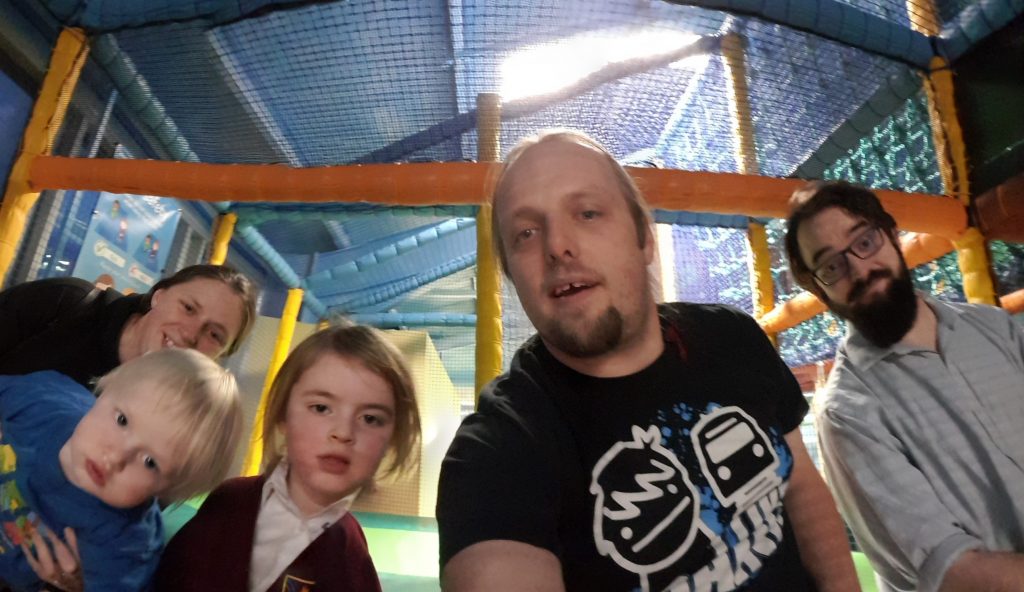
I’m sure the first few months of every child’s school life are a time that’s interesting and full of change, but it’s been particularly fascinating to see the ways in which our young academic’s language has adapted to fit in with and be understood by her peers.
I first became aware of these changes, I think, when I overheard her describing me to one of her school friends as her “dad”: previously she’d always referred to me as her “Uncle Dan”. I asked her about it afterwards and she explained that I was like a dad, and that her friend didn’t have an “Uncle Dan” so she used words that her friend would know. I’m not sure whether I was prouder about the fact that she’d independently come to think of me as being like a bonus father figure, or the fact that she demonstrated such astute audience management.
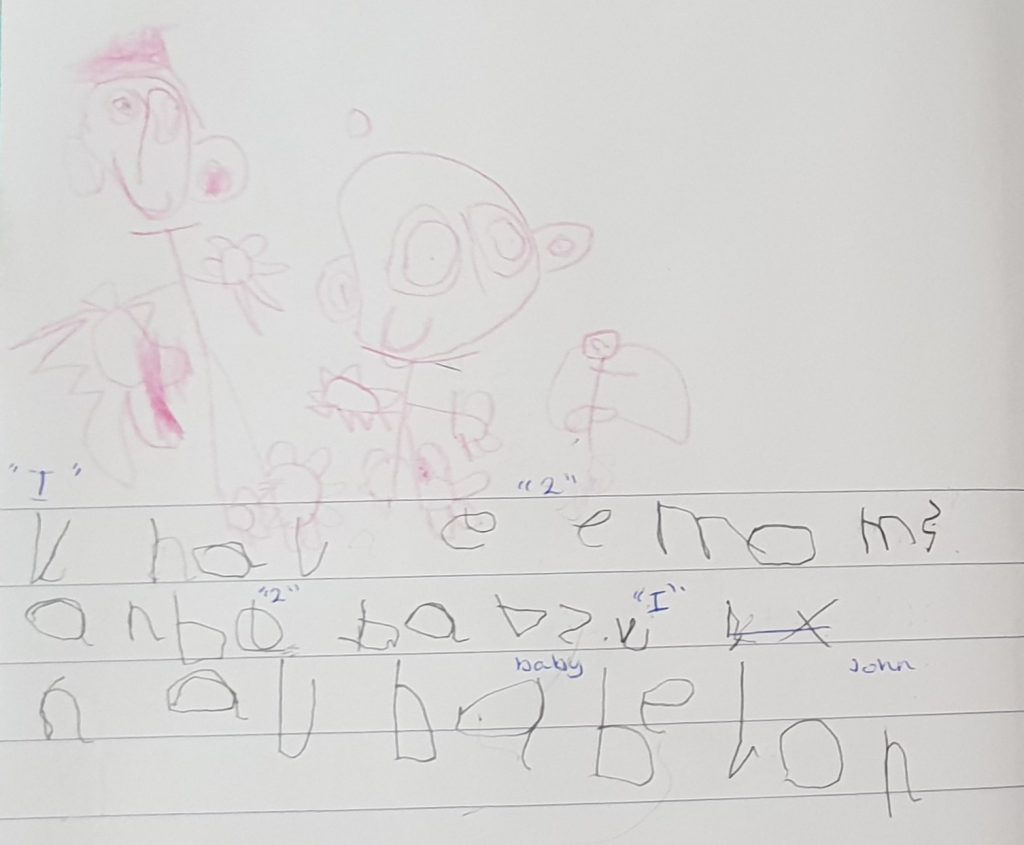
I don’t object to being assigned this (on-again, off-again, since then) nickname. My moniker of Uncle Dan came about as a combination of an effort to limit ambiguity (“wait… which dad?”) and an attempt not to tread on the toes of actual-father JTA: the kids themselves are welcome to call me pretty-much whatever they’re comfortable with. Indeed, they’d be carrying on a family tradition if they chose-for-themselves what to call me: Ruth and her brothers Robin and Owen address their father not by a paternal noun but by his first name, Tom, and this kids have followed suit by adopting “Grand-Tom” as their identifier for him.
Knowing that we were unusual, though, we’d taken the time to do some groundwork before our eldest started school. For example we shared a book about and spent a while talking about how families differ from one another: we figure that an understanding that families come in all kinds of shapes and sizes is a useful concept in general from a perspective of diversity and and acceptance. In fact, you can hear how this teaching pays-off in the language she uses to describe other aspects of the differences she sees in her friends and their families, too.
Still, it was a little bit of a surprise to find myself referred to as a “dad” after four years of “Uncle Dan”.
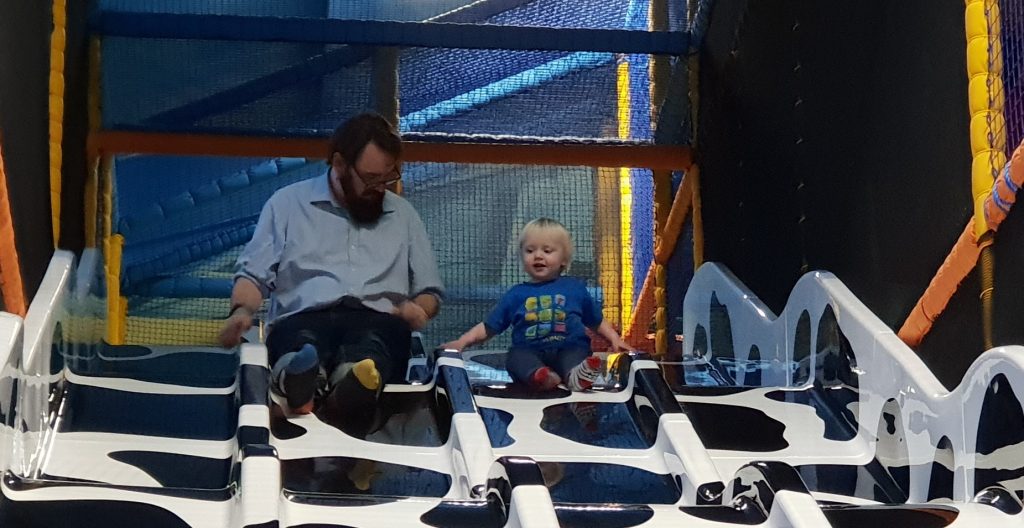
Nonetheless: in light of the fact that she’d clearly been talking about her family at school and might have caused her teacher some confusion, when all three of us “parents” turned up to parents’ evening we opted to introduce ourselves and our relationship. Which was all fine (as you’d hope: as I mentioned the other day, our unusual relationship structure is pretty boring, really), and the only awkwardness was in having to find an additional chair than the teacher had been expecting to use with which to sit at the table.
There’s sometimes a shortage of happy “we did a thing, and it went basically the same as it would for a family with monogamous parents” poly-family stories online, so I thought this one was worth sharing.
And better yet: apparently she’s doing admirably at school. So we all celebrated with an after-school trip to one of our favourite local soft play centres.
